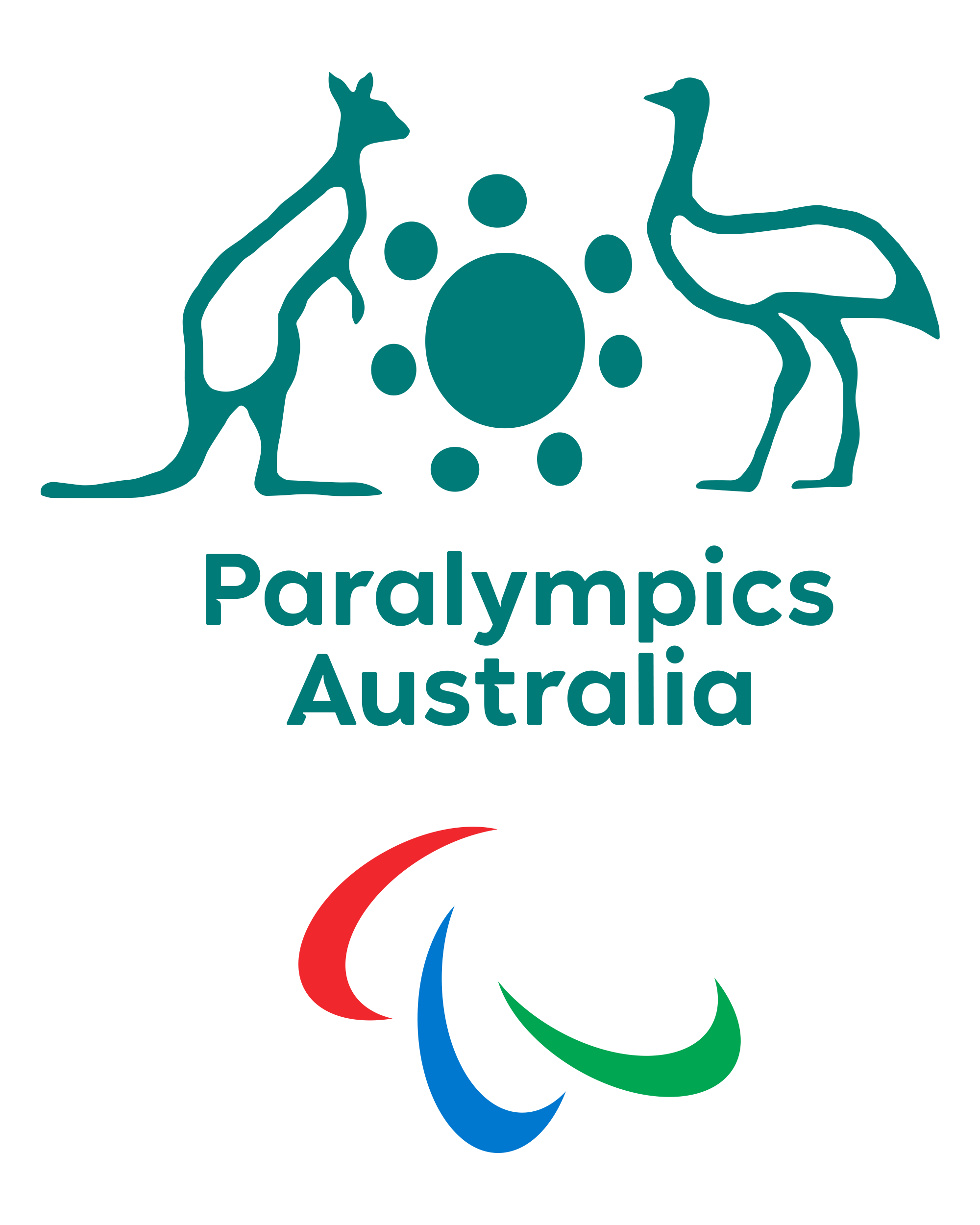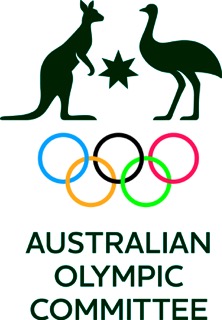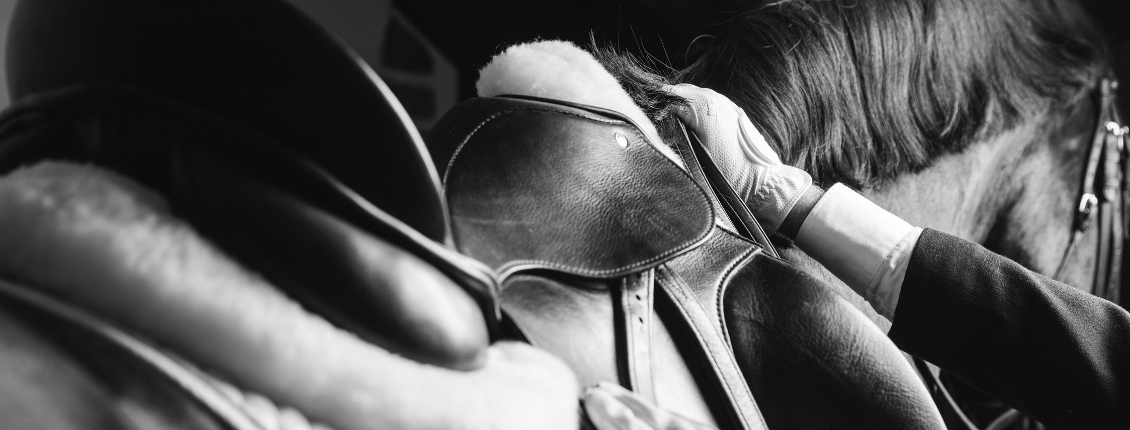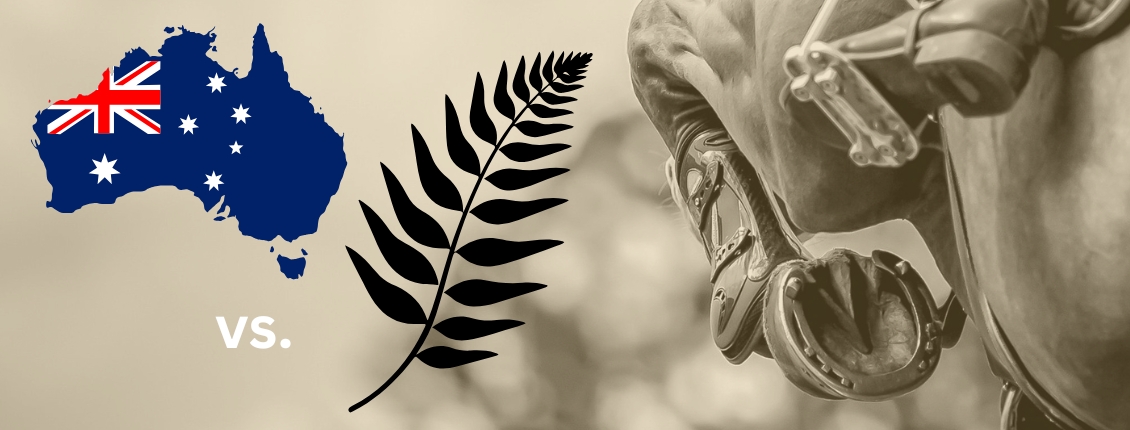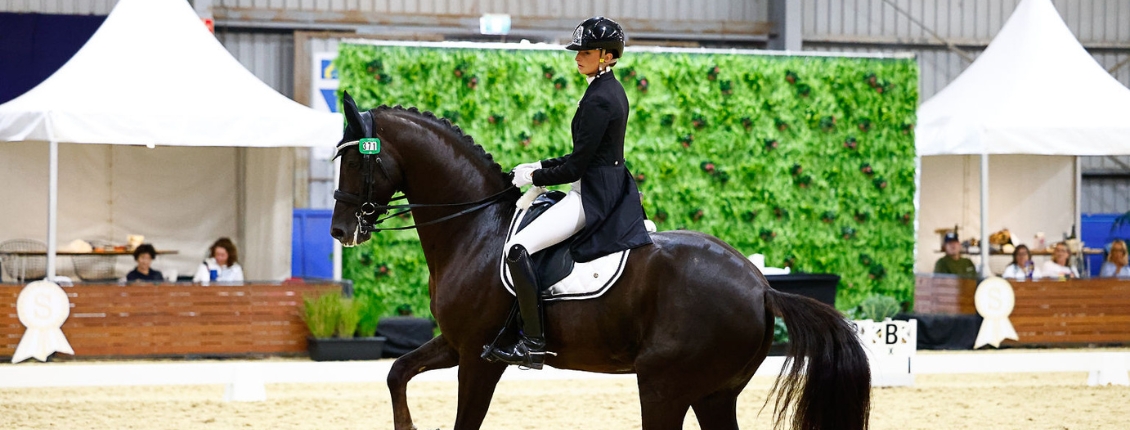8 different equestrian disciplines are showcased during the FEI World Equestrian Games™ .
Dressage
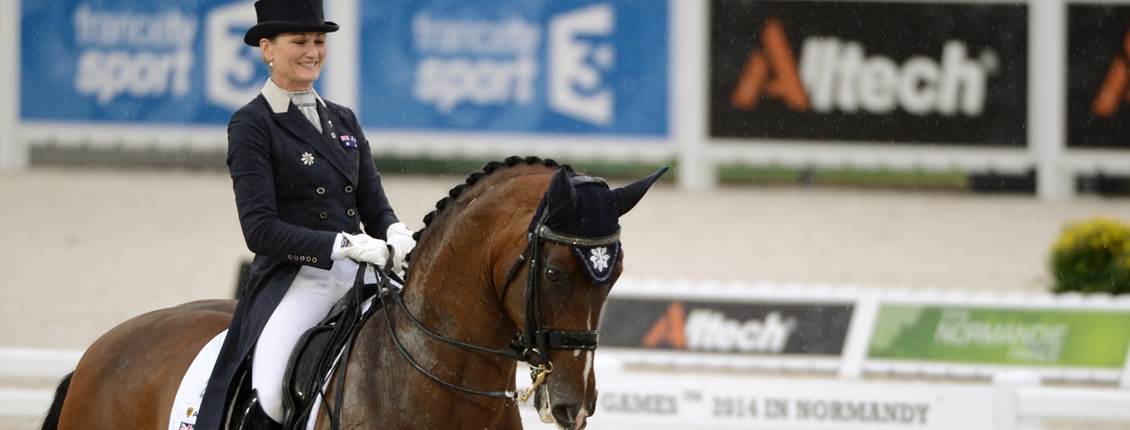
In Dressage competitions, horse and rider perform a series of predetermined movements, known as ‘figures’ or “movements” in an arena of 20x60 metres. The arena has 12 lettered markers placed symmetrically indicating where movements are to start and finish and where changes of pace or lead are to occur. In all competitions, the horse has to show the three paces: walk, trot and canter as well as smooth transitions within and between these paces. At Grand Prix level very collected movements such as Piaffe and Passage are required (see Dressage Movements).
Driving
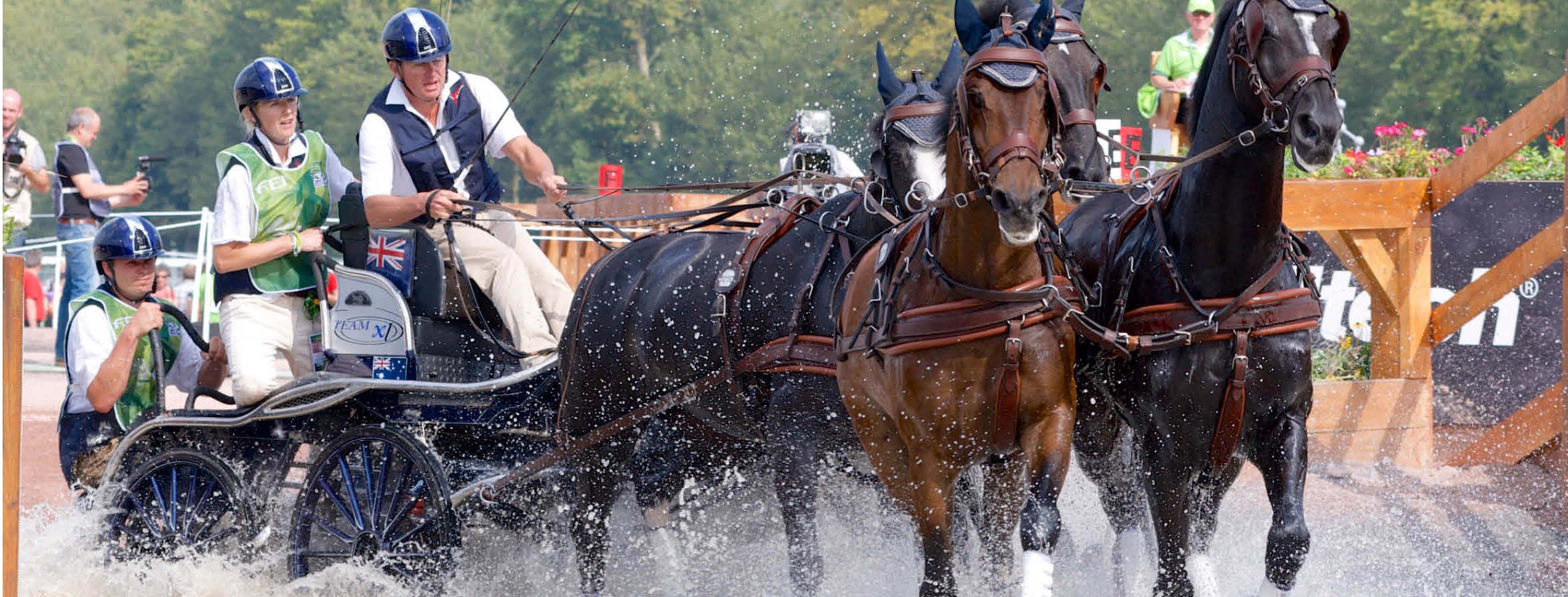
Driving is the oldest competitive equestrian sport yet it continues to thrive in the 21st century. Drivers sit on a vehicle drawn by a single horse or pony, a pair or a team of four and they face three trials – dressage, marathon and obstacle driving.
Endurance
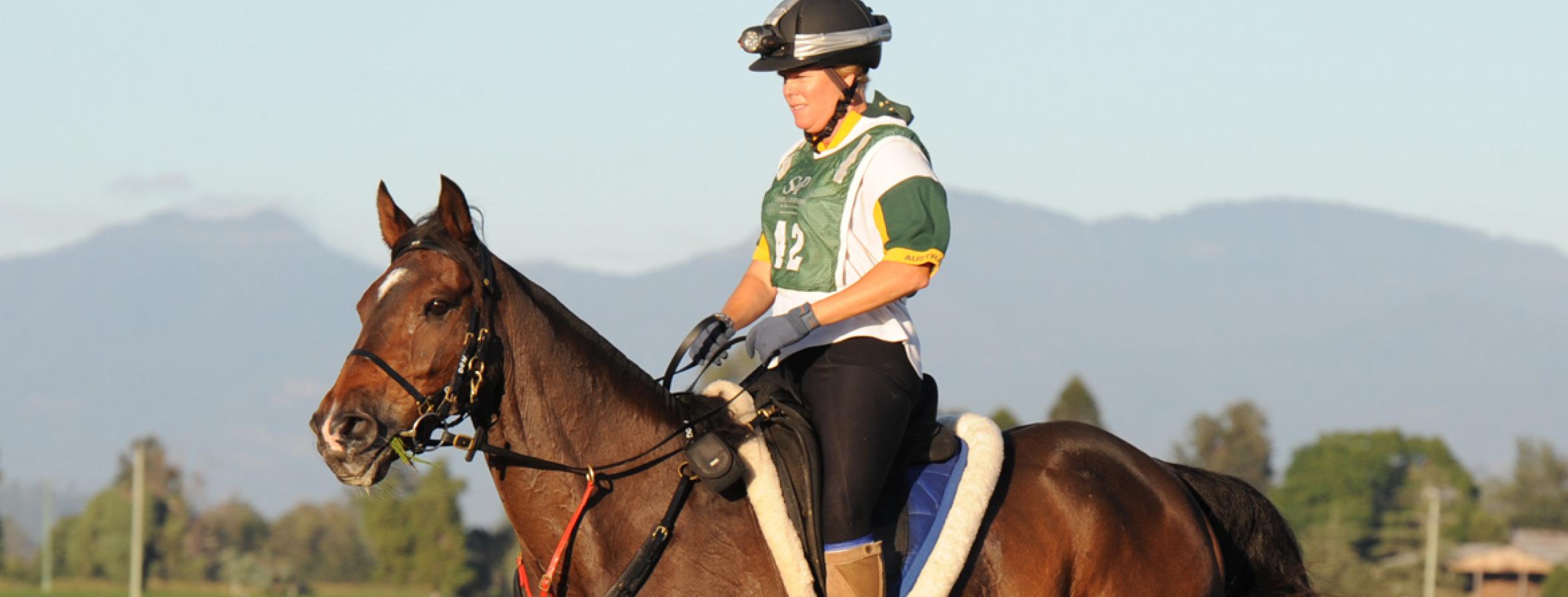
Endurance is a long-distance competition against the clock, testing the speed and endurance of a horse and challenging the rider over their effective use of pace, thorough knowledge of their horse’s capabilities and ability to cross all kinds of terrain. Although the rides are timed, the emphasis is on finishing in good condition rather than coming in first.
Eventing
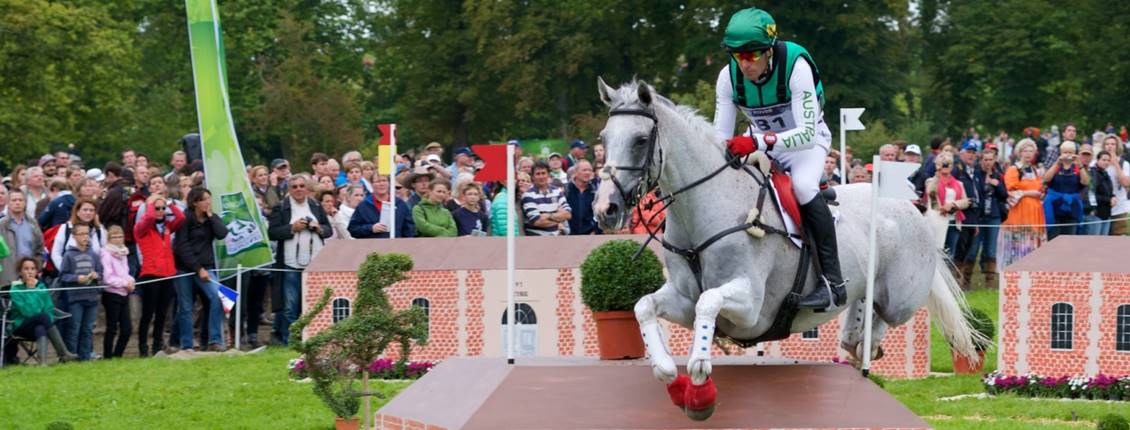
Eventing is an Equestrian event which comprises dressage, cross-country and show jumping. It has two main formats, the one day event (ODE) and the three-day event (3DE).
Jumping?
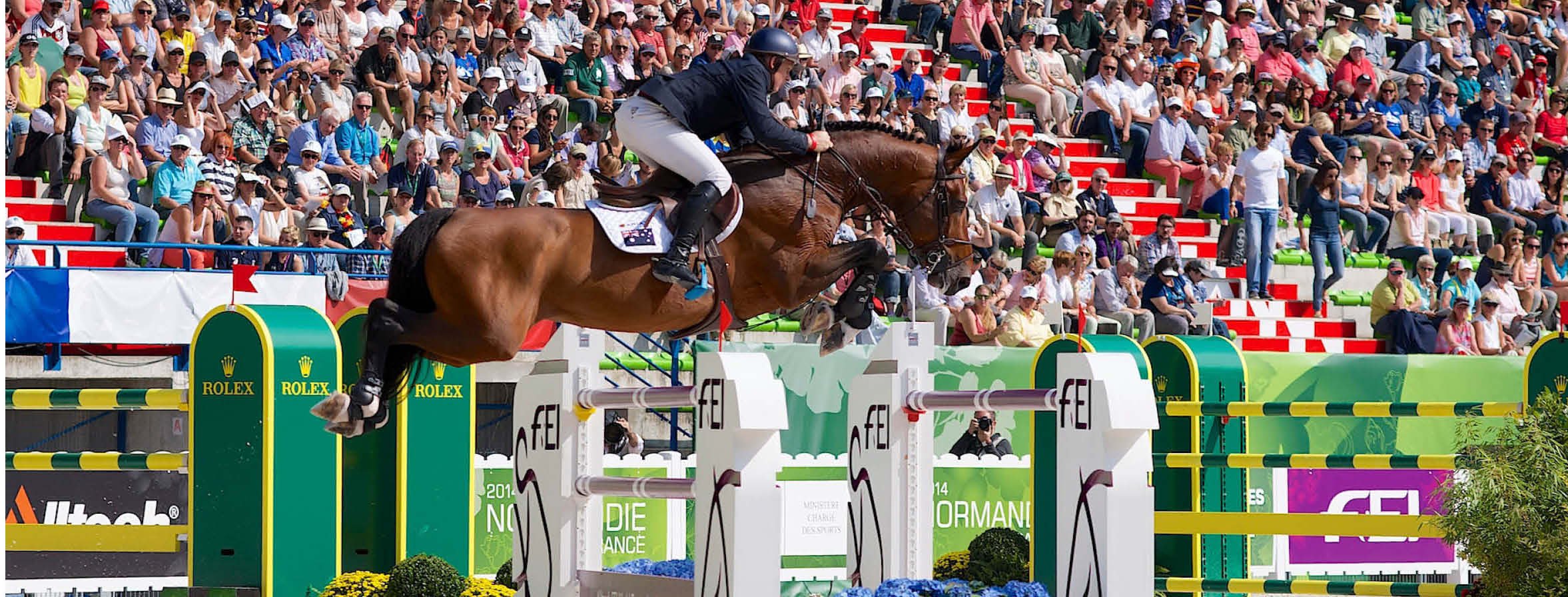
Jumping is probably the best known of the equestrian disciplines recognised by the FEI where men and women compete as equals in both individual and team events. In modern Jumping competitions, horse and rider are required to complete a course of 10 to 13 jumps, the objective of which is to test the combination’s skill, accuracy and training. The aim is always to jump the course in the designed sequence with no mistakes – a clear round. If any part of an obstacle is knocked down or if the horse refuses a jump, penalties are accumulated.
Para-Dressage
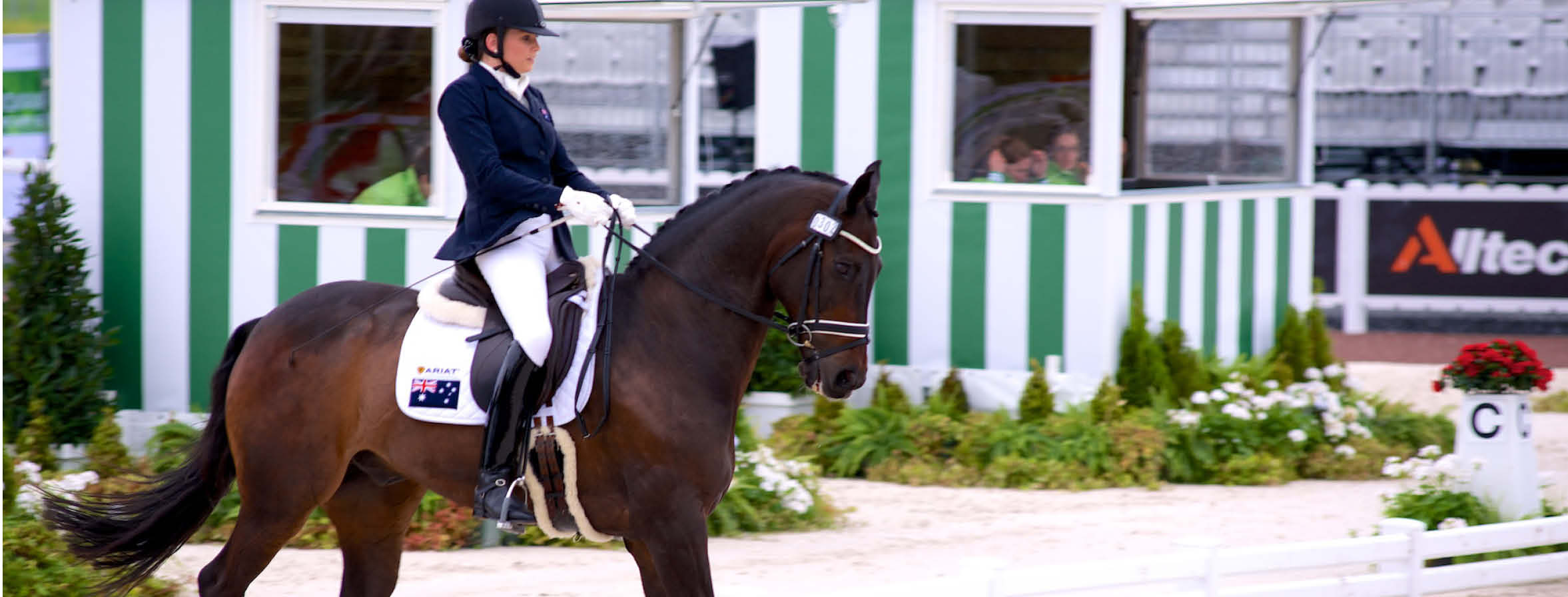
Para-Dressage is the only Equestrian discipline that is included in the Paralympic Games, where it has been a regular fixture since 1996. With the idea of creating opportunities for all people with disabilities to compete and achieve their goals in equestrian sport, athletes are classified according to the level of their disability/impairment so as to provide for meaningful competition.
Reining
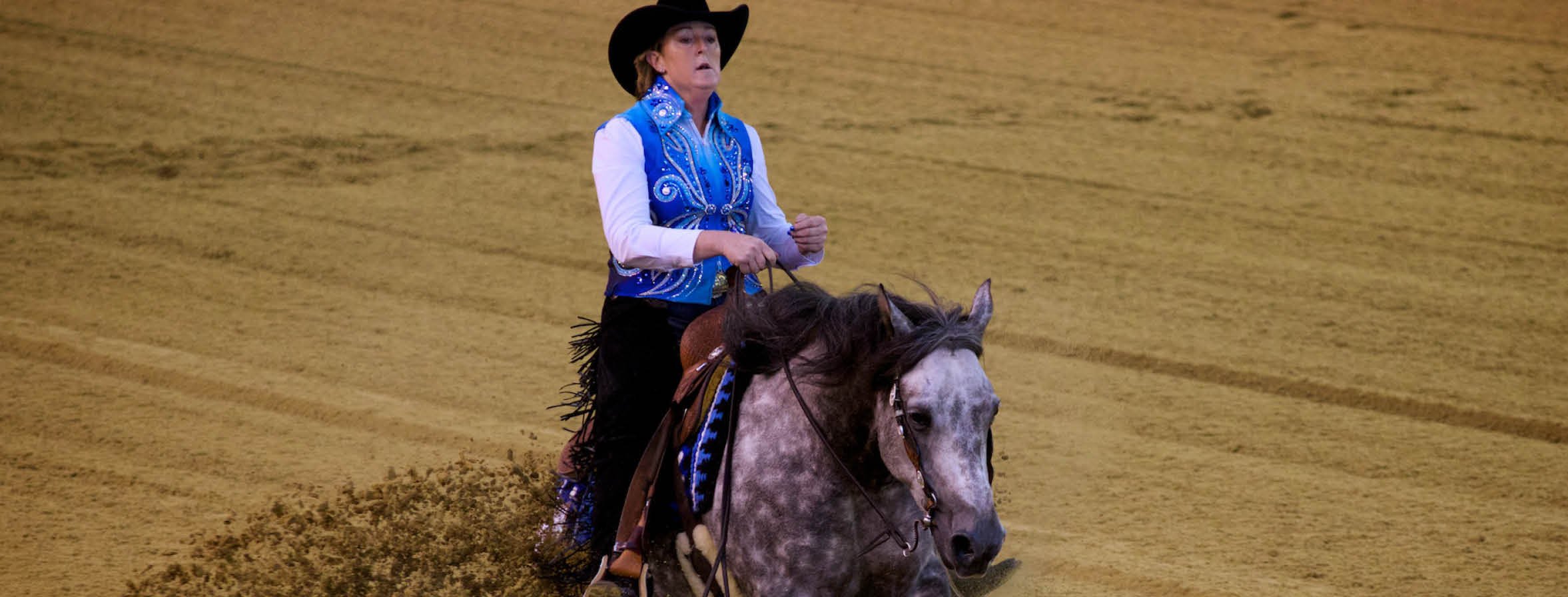
Reining is a western riding competition where the rider guides the horse through a precise pattern of circles, spins, and stops. All work is done at the lope (a slow, relaxed version of the canter) and gallop. Reining is often described as a Western form of dressage riding, as it requires the horse to be responsive and in tune with its rider, whose aids should not be easily seen.
Vaulting
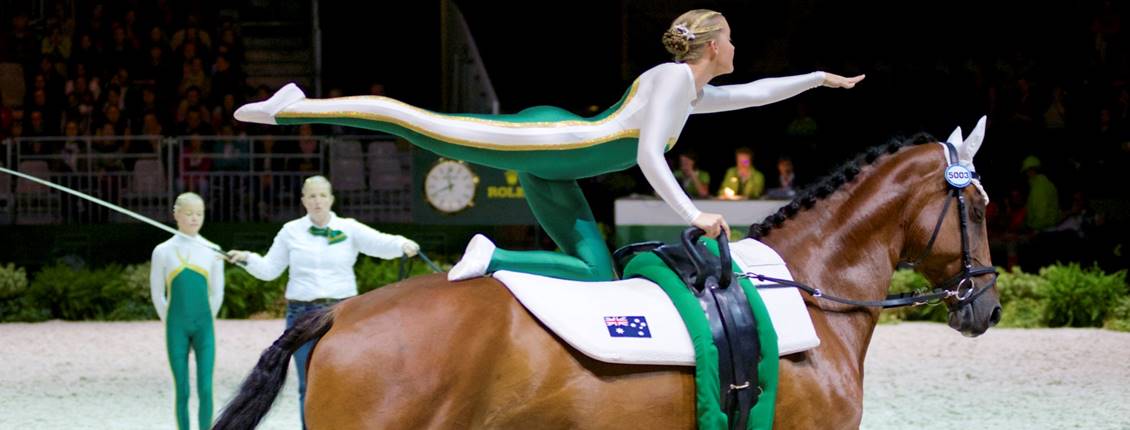
Vaulting is gymnastics on horseback and combines the skills of both gymnastics and horsemanship. It provides for both individual and also for team participation in sport. Vaulting improves a rider's seat, balance, rhythm and coordination as well as their confidence on the horse. In many clubs in Europe, a period of vaulting is a prerequisite to riding. Vaulting is one of the most spectacular, and at the same time safest, of the equestrian sports. It is an ancient sport dating back to the Minoan period demonstrating flexibility and mobility whilst on horseback.



